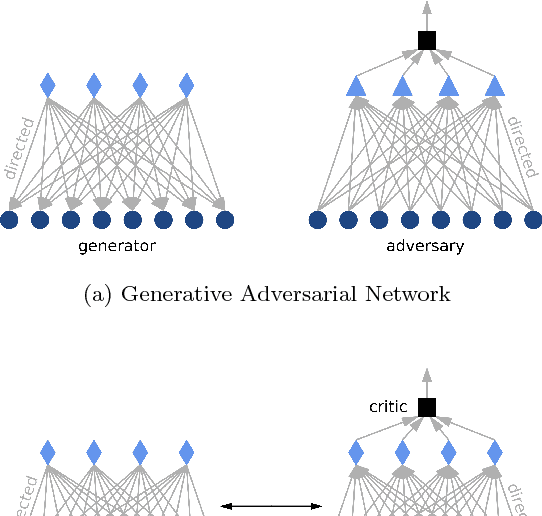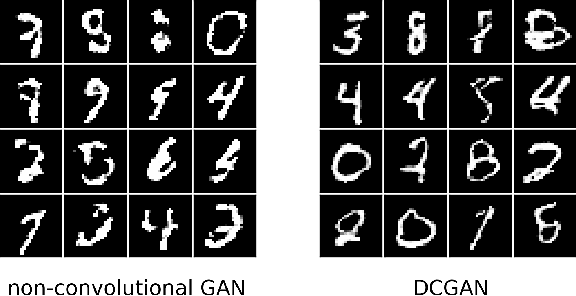Boltzmann Encoded Adversarial Machines
Paper and Code
Apr 23, 2018



Restricted Boltzmann Machines (RBMs) are a class of generative neural network that are typically trained to maximize a log-likelihood objective function. We argue that likelihood-based training strategies may fail because the objective does not sufficiently penalize models that place a high probability in regions where the training data distribution has low probability. To overcome this problem, we introduce Boltzmann Encoded Adversarial Machines (BEAMs). A BEAM is an RBM trained against an adversary that uses the hidden layer activations of the RBM to discriminate between the training data and the probability distribution generated by the model. We present experiments demonstrating that BEAMs outperform RBMs and GANs on multiple benchmarks.
 Add to Chrome
Add to Chrome Add to Firefox
Add to Firefox Add to Edge
Add to Edge